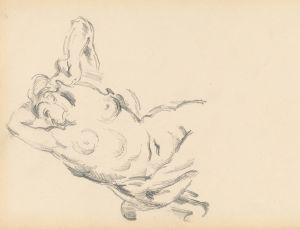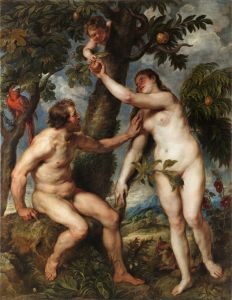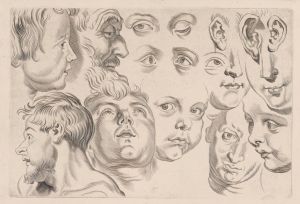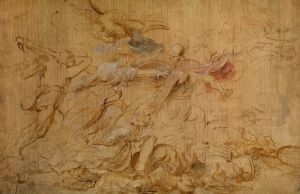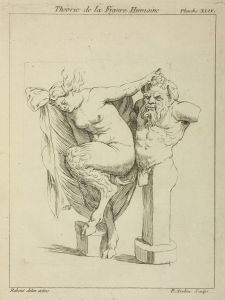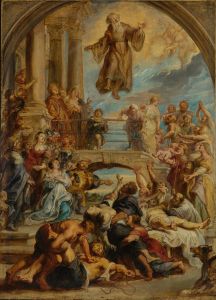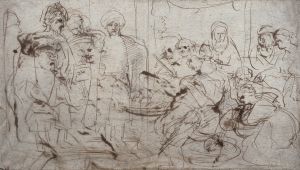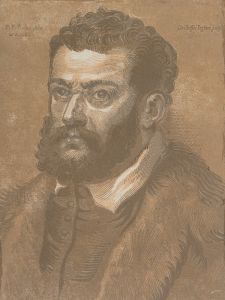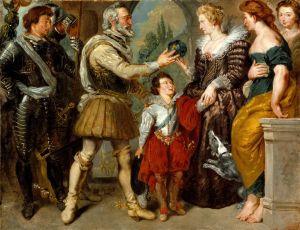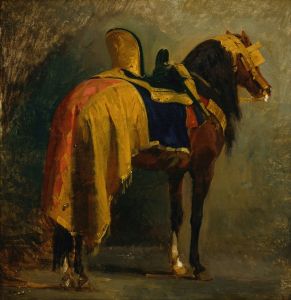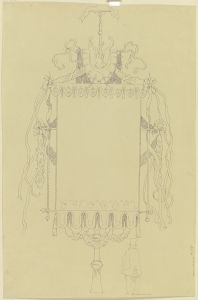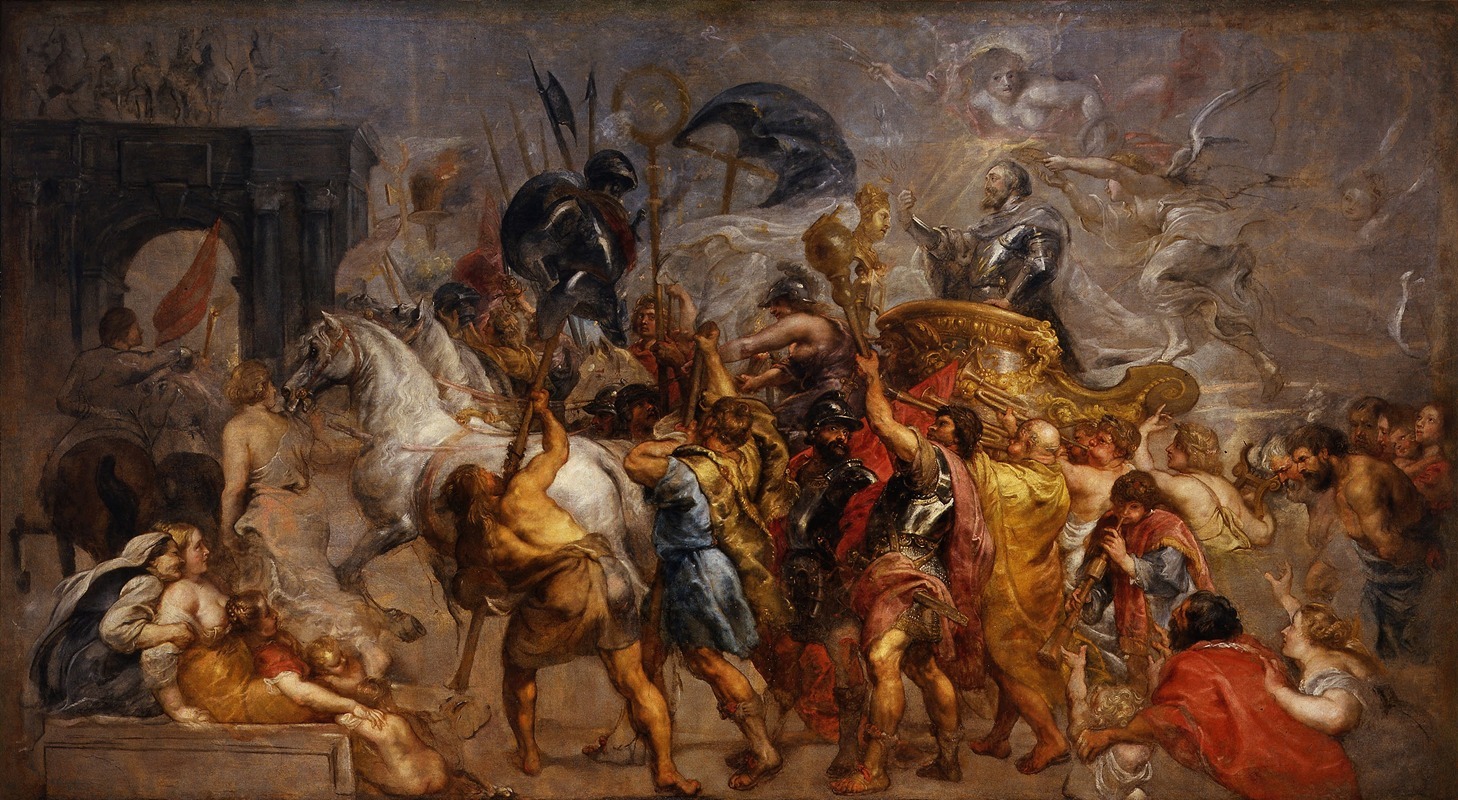
Triumphal entry of Henri IV in Paris
A hand-painted replica of Peter Paul Rubens’s masterpiece Triumphal entry of Henri IV in Paris, meticulously crafted by professional artists to capture the true essence of the original. Each piece is created with museum-quality canvas and rare mineral pigments, carefully painted by experienced artists with delicate brushstrokes and rich, layered colors to perfectly recreate the texture of the original artwork. Unlike machine-printed reproductions, this hand-painted version brings the painting to life, infused with the artist’s emotions and skill in every stroke. Whether for personal collection or home decoration, it instantly elevates the artistic atmosphere of any space.
The "Triumphal Entry of Henri IV into Paris" is a painting by the renowned Flemish artist Peter Paul Rubens. This artwork is part of a larger series known as the "Marie de' Medici Cycle," which was commissioned by Marie de' Medici, the widow of King Henry IV of France. The cycle was intended to decorate the Luxembourg Palace in Paris, celebrating the life and achievements of Marie de' Medici and her late husband, King Henry IV.
Peter Paul Rubens, born in 1577, was one of the most influential artists of the Baroque era, known for his vibrant compositions, dynamic figures, and masterful use of color. He was commissioned to create the Marie de' Medici Cycle between 1621 and 1625. The series consists of 24 large canvases, each depicting significant events from the lives of Marie de' Medici and Henry IV.
The "Triumphal Entry of Henri IV into Paris" specifically captures the moment when King Henry IV entered Paris in 1594, marking a significant event in French history. This entry symbolized the end of the Wars of Religion in France and the beginning of a period of peace and stability under Henry IV's rule. His entry into Paris was a moment of reconciliation and unity, as he was a Protestant king who converted to Catholicism to ascend to the French throne, famously stating, "Paris is well worth a mass."
In Rubens' depiction, the scene is filled with allegorical figures and symbols that celebrate Henry IV's achievements and virtues. The painting is characterized by Rubens' typical style, featuring dynamic movement, rich colors, and a sense of grandeur. The composition likely includes personifications of France and Paris, as well as figures representing peace and prosperity, all welcoming the king into the city.
The Marie de' Medici Cycle, including the "Triumphal Entry of Henri IV into Paris," is housed in the Louvre Museum in Paris. These works are considered masterpieces of Baroque art and exemplify Rubens' ability to blend historical narrative with allegorical and mythological elements.
Rubens' work on this cycle not only highlights his artistic prowess but also reflects the political and cultural climate of early 17th-century Europe. The paintings served to legitimize and glorify the reign of Marie de' Medici and her husband, reinforcing their legacy in French history. Through his art, Rubens was able to convey complex political messages and celebrate the power and influence of the French monarchy.
The "Triumphal Entry of Henri IV into Paris" remains an important work for its historical significance and its place within the broader context of Rubens' oeuvre. It continues to be studied and admired for its artistic brilliance and its role in commemorating a pivotal moment in French history.






